Valentine’s Day is about a month away, long enough for everyone to butcher upgrade their 3D printers to squirt out chocolate. Food printing was a hot item at this year’s CES, but it is hardly new. Before many of you were born [Hans] left his job at the Council for Scientific and Industrial Research to produce chocolate out of his garage in South Africa. This one prints 8 at a time!
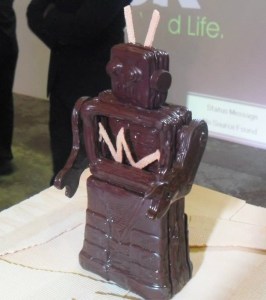 Many years before he was extruding lawnmowers from raw pellets, [Hans] built the 8-tentacled Choctopus. He gets away with using only one chocolate pump – from some experience, by far the most challenging component – by simply splitting the ooze pipe with three tiers of T intersections. The whole design is actually patented and revolutionary for 19 years ago but to our readers probably unremarkable.
Many years before he was extruding lawnmowers from raw pellets, [Hans] built the 8-tentacled Choctopus. He gets away with using only one chocolate pump – from some experience, by far the most challenging component – by simply splitting the ooze pipe with three tiers of T intersections. The whole design is actually patented and revolutionary for 19 years ago but to our readers probably unremarkable.
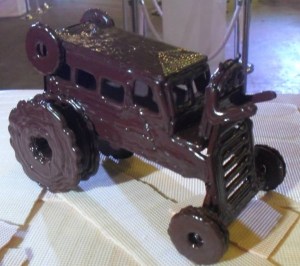 There is a business lesson here too. Once upon a time the Choctopus was a 3D printer but economic constraints have led to him downgrading to 2D. Any 3D requirements are served from an alternate RepRap. The purpose of an 8-armed printer is to mass produce, but for the price, most clients were only interested in a one-off. The products that pay the bills are the much more affordable 2d extrusions in bulk.
There is a business lesson here too. Once upon a time the Choctopus was a 3D printer but economic constraints have led to him downgrading to 2D. Any 3D requirements are served from an alternate RepRap. The purpose of an 8-armed printer is to mass produce, but for the price, most clients were only interested in a one-off. The products that pay the bills are the much more affordable 2d extrusions in bulk.
Any of our readers looking to impress their date make lots of money next month, consider this the kick in your pants to get started.
Check out these videos of the Choctopus churning out delicious delicatessens.


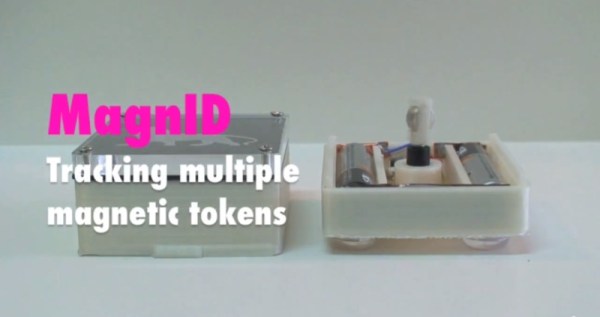




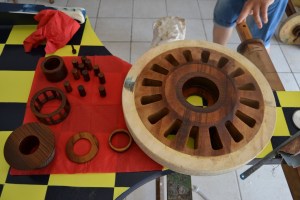 The course also includes full-width obstacles like hay bales. Teams are divided by community or “contrada”, and it was [Alessio]’s team captain who came to him with the special request of roller bearings. Unable to find evidence of other wooden bearings, [Alessio] knew he would have to invent them himself – so he did.
The course also includes full-width obstacles like hay bales. Teams are divided by community or “contrada”, and it was [Alessio]’s team captain who came to him with the special request of roller bearings. Unable to find evidence of other wooden bearings, [Alessio] knew he would have to invent them himself – so he did.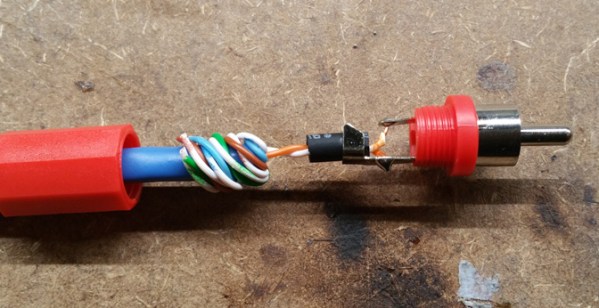
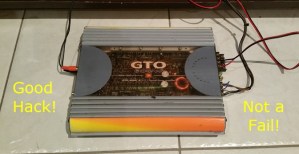
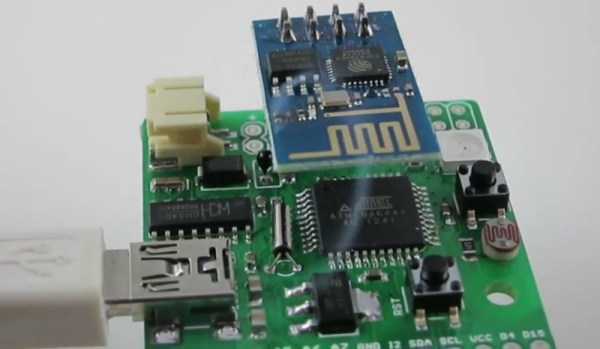
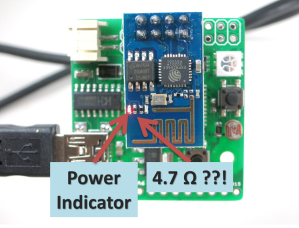

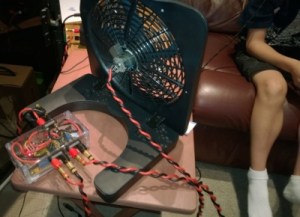 Off-the-shelf devices serve up the
Off-the-shelf devices serve up the 








